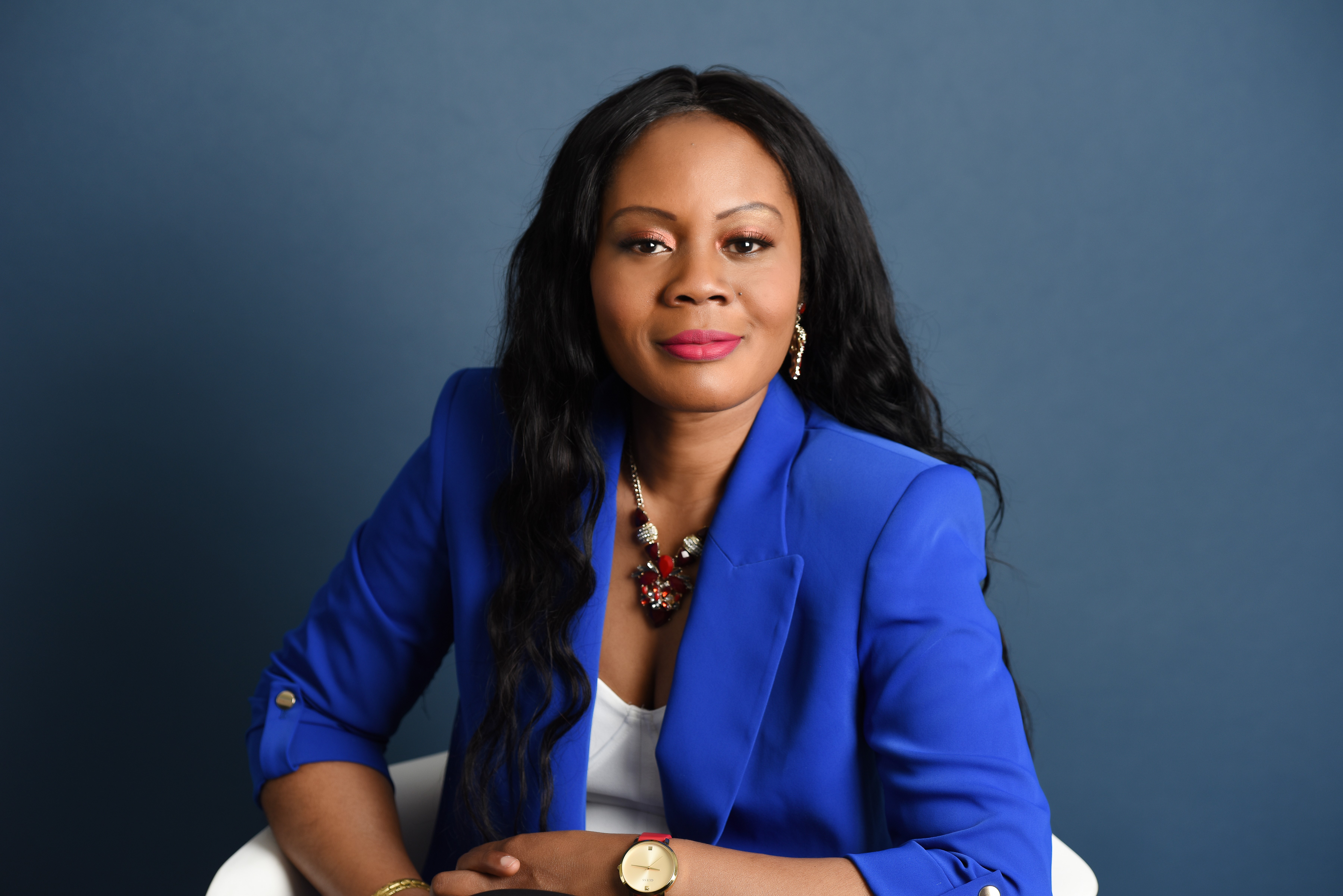
Amid concerns over inflation, a rising cost in living, and talk of a looming recession, more Canadians are seeking out financial advice on how to make the most of their money.
However, some Gen Z and millennials have turned to an unlikely social media platform for guidance.
Financial TikTok — more commonly known as “FinTok” — has become a go-to resource for Canada’s younger generations who want to quickly and efficiently learn how to budget, invest and even reduce debt.
Credit Canada CEO Bruce Sellery chatted with the creators behind the “Two Girls Investing” TikTok account, Jessica Rowat and Colleen Kormos, on how they educate their more than 50,000 followers through “FinTok.”
We’ll walk you through some highlights and discuss how you can use “FinTok” safely and effectively, in combination with additional personal finance resources.
What is “FinTok”?
“FinTok” is a sub-community of users on the video-sharing platform TikTok who provide advice, education and discussions on personal finance via short clips. The content, which is created by “finfluencers” (aka financial influencers), ranges from budgeting and investing tips, to mortgage advice and even explanations of money jargon.
According to a 2021 survey by U.S. investment firm TIAA, one-third of people say they trust social media content to help them make financial decisions and 32 per cent of those surveyed said they listen to influencers’ money tips.
Jessica said the objective of “Two Girls Investing” is to educate other Canadians about money.
“Originally it came from my journey of getting financial education and how frustrated I was that there wasn't much information out there and the information that was out there was in really complicated terminology,” Jessica explained on the Moolala: Money Made Simple podcast.
“So I decided that I wanted to take all the stuff I learned and put it out there.”
Their most-watched video, which has been viewed 1.6 million times, outlines a step-by-step process on how to open a Tax-Free Savings Account (TFSA) to start investing.
Why Turn to Social Media for Financial Advice?
Younger Canadians may be turning to social media for financial advice because of the means by which the content is being delivered.
TikTok is known for its short video clips that are clear and concise, but also very relatable. The rise in popularity of “FinTok” may be due to the fact that personal finance and investing are often daunting topics, especially if you don’t have any formal education in these subjects.
However, a 15-second clip on the basics of budgeting can be easier for audiences to digest.
“We find with our finance and budgeting and investing [videos] that people like the smaller doses of education, and that's one of the reasons why we like using TikTok is that we can get those smaller messages across and more of them so that people can retain the information,” Colleen explained on the Moolala: Money Made Simple podcast.
Jessica and Colleen’s videos are personable and they create them in their spare time, outside of their regular 9-5 jobs. This is appealing and empowering to those users who are in similar situations and want to learn how to make sense of their own finances.
“FinTok” is also widely accessible to Canadians, which makes it an easy and free starting point for someone who is looking to start getting a handle on their money, without any pressure or judgement.
The diversity of the platform may also be why users are consulting it for financial advice. TikTok is diverse not just in content, but also in its representation of creators. This means that if you have a question on something specific or niche, there’s a good chance at least one video from the app’s hundreds of thousands of global content creators has the answer.
Buyer Beware: Finfluencers May Not Be All They Seem
However, like all content on social media, what you see isn’t always real. Not all the so-called expert advice you come across on “FinTok” may necessarily be true. What one user says works for their finances, may not work for others.
Why is this?
For starters, TikTok videos are extremely short. They range between a few seconds and three minutes. This isn’t necessarily a bad thing, as creators say users prefer the short content rather than sifting through an hour-long video. However, the time crunch can limit creators from diving into the bigger, important details of the financial advice they're providing.
In addition, TikTok users can fall for the bandwagon fallacy — linking the number of likes to how trustworthy a video may be. If a “FinTok” has thousands of likes, surely it must be credible, right? Not necessarily.
Some videos may be part of a scam or a get-rich-quick scheme. Others may be tied to an advertisement campaign by a particular brand with the main goal of having users buy products — not to give financial advice.
It is important for “FinTok” users to do their own research when determining trustworthiness, especially when it comes to something as important as managing their finances.
A quick and easy option is to fact-check sources. Look up the finfluencer online and see what their credentials are. Do they have a background in giving financial advice? Any professional experience or education? If not, you should get a second opinion.
According to a study from budgeting app Empower, more than half of TikTok users surveyed said they turn to the platform for financial advice. However, the same study found only 41 per cent of “FinTok” users fact-check the advice they get on the platform.
This is a problem because it could lead users to make decisions that may not actually be in their best financial interests.
To ensure the accuracy of their TikTok videos, Jessica said they never publish content about something they haven’t tried themselves or done extensive research on.
“If we're doing a video about something, I just always make sure that it's something that we know really well and that we do a little bit of extra research before we do the video, just to make sure it's accurate because we don't want to be putting wrong information out there,” she said.
Jessica said they also cross-reference the advice they offer in their videos with financial guidance from different platforms and outlets to ensure it’s correct.
Education versus Advice
While “FinTok” can be a useful resource for financial advice, it should not be your only source of guidance when it comes to managing your personal finances.
Depending on their credentials, creators on TikTok may not know how to manage money through a volatile and risky period. In addition, some more complex financial needs may require a certified professional for help.
That’s why it is advisable you seek out a variety of advice from different, credible sources when it comes to making decisions about your money. In addition, you should use a variety of resources to help in achieving your financial goals, such as a budget planner and expense tracker or working with a certified Credit Counsellor for personal finance coaching.
“FinTok” can be an asset when learning about budgeting or investing options, but it should be treated as a tool to complement professional advice, not serve as a replacement.
Focus on Your Financial Needs
“FinTok” may not be the right place to start. Depending on their individual situation, some people may not be ready to start learning to invest and have to focus on other financial goals first.
“They're living outside of their means, they have a massive amount of credit card debt, like all those other real challenges,” Bruce said.
Before getting caught up in whatever investing advice is trending on social media, it’s important to focus on one’s cashflow and reducing debt first. People who have credit card debt or don’t have an emergency fund of savings should focus on those goals prior to investing.
“We're trying to focus that on our page too — financial literacy before you’re investing to get you to a place where you're ready to invest,” Jessica said.
If you aren’t in a position yet to invest, are in need of financial guidance or help dealing with debt, don’t only consult “FinTok.” Get in touch with a trusted not-for-profit credit counsellor for personalized, judgement-free advice by reaching out to Credit Canada.
Listen to the full episode: Credit Canada CEO Bruce Sellery speaks to the creators behind the “Two Girls Investing” TikTok account, Jessica Rowat and Colleen Kormos on his Moolala: Money Made Simple podcast.

Frequently Asked Questions
Have a question? We are here to help.
What is a Debt Consolidation Program?
A Debt Consolidation Program (DCP) is an arrangement made between your creditors and a non-profit credit counselling agency. Working with a reputable, non-profit credit counselling agency means a certified Credit Counsellor will negotiate with your creditors on your behalf to drop the interest on your unsecured debts, while also rounding up all your unsecured debts into a single, lower monthly payment. In Canada’s provinces, such as Ontario, these debt payment programs lead to faster debt relief!
Can I enter a Debt Consolidation Program with bad credit?
Yes, you can sign up for a DCP even if you have bad credit. Your credit score will not impact your ability to get debt help through a DCP. Bad credit can, however, impact your ability to get a debt consolidation loan.
Do I have to give up my credit cards in a Debt Consolidation Program?
Will Debt Consolidation hurt my credit score?
Most people entering a DCP already have a low credit score. While a DCP could lower your credit score at first, in the long run, if you keep up with the program and make your monthly payments on time as agreed, your credit score will eventually improve.
Can you get out of a Debt Consolidation Program?
Anyone who signs up for a DCP must sign an agreement; however, it's completely voluntary and any time a client wants to leave the Program they can. Once a client has left the Program, they will have to deal with their creditors and collectors directly, and if their Counsellor negotiated interest relief and lower monthly payments, in most cases, these would no longer be an option for the client.







